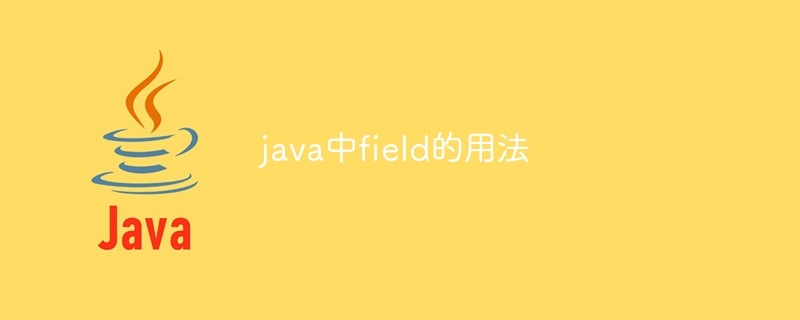
Java fields are used to represent properties or status of a class and are accessed through the dot operator. A field's modifiers control its access level: public, protected, default, and private. Instance fields are associated with each instance, whereas static fields are associated with the class itself and are shared by all instances.

Usage of fields in Java
Fields in Java are used to represent attributes of classes or objects or status. It is a data member that stores data of a specific type.
Create fields
The field declaration syntax is as follows:
<修饰符> <数据类型> <字段名>;
Among them:
Example:
public int age; private String name;
Access field
Fields can be accessed through the dot operator:
// 获取对象的 age 字段 int age = object.age; // 设置对象的 name 字段 object.name = "新的名字";
Field modifiers
The modifiers for fields in Java are as follows:
Instance fields and static fields
Example:
// 实例字段 private int instanceNumber; // 静态字段 public static int staticNumber;
Notes
The above is the detailed content of Usage of field in java. For more information, please follow other related articles on the PHP Chinese website!
 What are the methods to change password in MySQL?
What are the methods to change password in MySQL?
 How to vertically center div text
How to vertically center div text
 close port
close port
 Wireless network card cannot connect
Wireless network card cannot connect
 Why can't I delete the last blank page in word?
Why can't I delete the last blank page in word?
 The m2m concept in the Internet of Things
The m2m concept in the Internet of Things
 How to calculate the factorial of a number in python
How to calculate the factorial of a number in python
 How to install linux system
How to install linux system
 What to do if the Bluetooth switch is missing in Windows 10
What to do if the Bluetooth switch is missing in Windows 10




